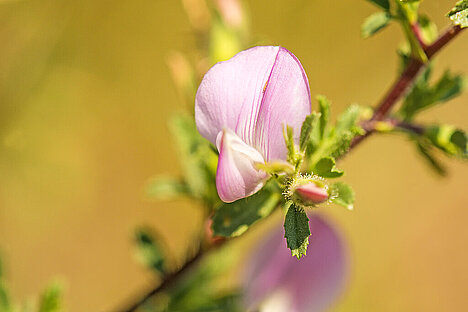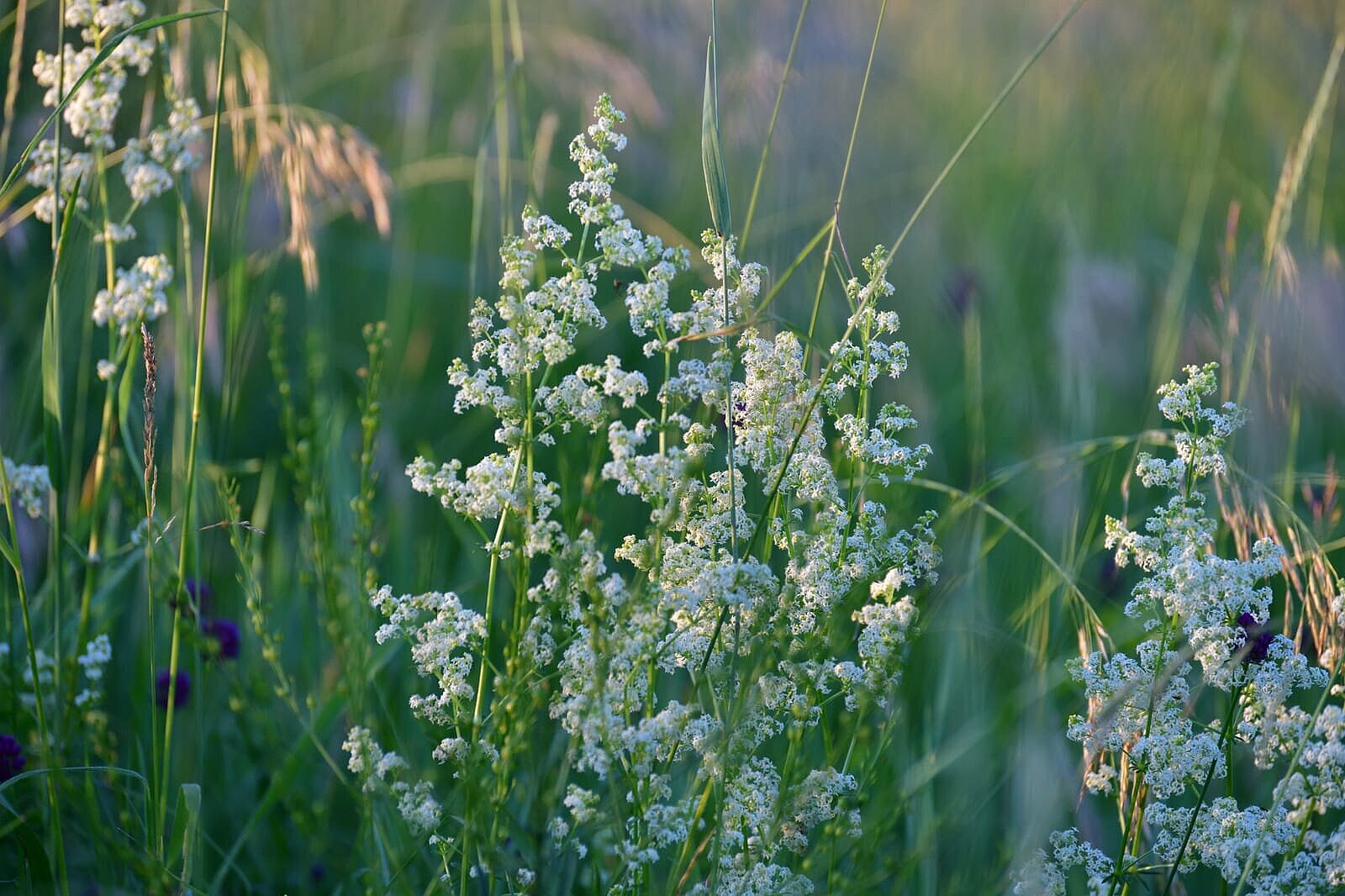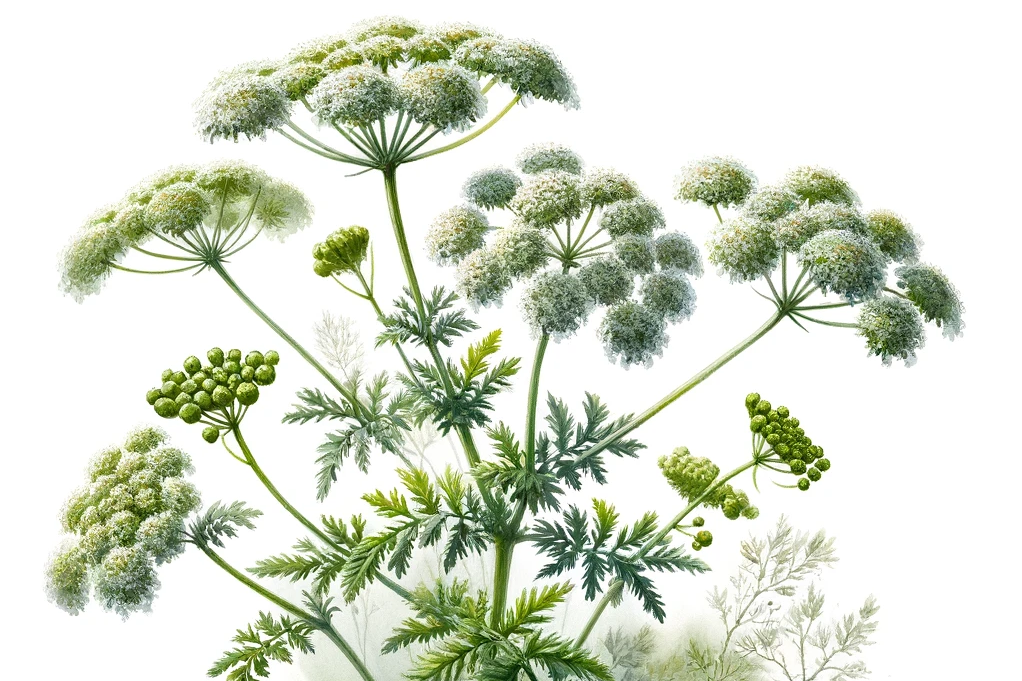Thorny hackberry

You may have heard of thorny dogbane, a plant that is found in Europe and Asia and is also used as a medicinal plant. But what does this plant have to do with dogs? In this article, you'll find out more about thorny dogbane and how it can affect your four-legged friend.
What is thorny hackberry?
Ononis spinosa is a perennial plant from the papilionaceous family. It grows mainly in dry and sunny locations such as meadows, pastures and hedges. The plant has a woody stem up to one meter high, which is covered with thorns. The leaves are tripartite, the flowers pink or white. The fruits are small pods that are also prickly.
The thorny hackberry has been valued as a medicinal plant since ancient times. Among other things, it contains tannins, flavonoids, saponins and essential oils. The plant has a diuretic, anti-inflammatory, antispasmodic and analgesic effect. It is mainly used for urinary tract infections, kidney stones, rheumatism and gout. The root, leaves or flowers can be used as a tea, tincture or ointment.
How does thorny hackberry work in dogs?
Dogbane can have both positive and negative effects on dogs. On the one hand, the plant can help dogs with bladder or kidney problems, as it promotes urine excretion and combats bacteria. It can also have a healing effect on skin diseases or wounds. However, you should always consult a vet before giving your dog thorny dogrose, as it may interact with other medications or cause an overdose.
In addition, thorny dogbane can be dangerous for dogs if they accidentally or deliberately eat the plant. The thorns can cause injuries to the mouth, throat or gastrointestinal tract. The plant can also cause allergic reactions or symptoms of poisoning in sensitive dogs. Symptoms can include vomiting, diarrhea, breathing difficulties or convulsions. In severe cases, it can even lead to death.
What should you do if your dog has eaten spiny dogbane?
If you suspect that your dog has eaten spiny dogbane, you should consult a vet immediately. Depending on the severity of the symptoms, the vet may give your dog an emetic, pump the stomach or perform a gastric lavage. They may also administer painkillers or antihistamines to relieve the inflammation and allergic reaction. In some cases, surgery may also be necessary to remove the spines from the body.
How can I prevent my dog from eating thorns?
The best prevention is, of course, to keep your dog away from thorny dogbane. Pay attention to where you walk your dog and whether this plant is present there. If you see it, change paths or put your dog on a lead. Also train your dog not to eat from the ground or unfamiliar plants.
Dogbane is a perennial plant that grows in dry and sunny areas and is used as a medicinal plant. It can have healing effects on dogs with bladder or kidney problems and skin conditions, but should be used under veterinary supervision as overdoses and interactions can occur. It is important to ensure that dogs do not eat the plant as this can cause injury and signs of poisoning. In the event of possible ingestion, a vet should be consulted immediately. To prevent this, dogs should be supervised and trained not to eat plants in the vicinity of thorny dogbane.
If you notice any signs of hypersensitivity or poisoning in your dog, you should see your vet immediately. We are not a substitute for a vet, but we try to be as accurate as possible. Every dog reacts differently and we recommend you get a second opinion or consult your vet if in doubt.
Stay healthy and take good care of your four-legged friend!😊
Similar to Thorny hackberry
Bedstraw belongs to the rue family and is widespread in Europe, Asia and North America. It grows mainly along roadsides, in meadows and in sparse forests. There are different types of bedstraw, such...
Meadow hogweed (Heracleum sphondylium) belongs to the umbellifer family (Apiaceae) and is native to large parts of Europe and Asia. The plant can grow up to two meters high and is known for its...
Yarrow (Achillea millefolium) is a perennial plant from the Asteraceae family. It has finely pinnate leaves and white or pink flowers that are arranged in flat umbels. The plant grows to a height of...
Meadow chervil (Anthriscus sylvestris), also known as wild chervil, belongs to the umbellifer family (Apiaceae) and is widespread in Europe. It prefers to grow on forest edges, in meadows and in...


